Realism Tattoos: A Style Guide
08 June, 2023As tattooing becomes more widely recognized as a legitimate art form, realism tattoos are a growing movement in the culture of ink.
Tattoo enthusiasts have always admired the realism tattoo style, but contemporary realism designs are on another level entirely. Contrast this with the bold cartoon imagery of traditional tattoos and other styles that don’t aim for photo-realism, and you’ll see the difference immediately.
With so much talent in the field today and an evolving set of tools and techniques, there has never been a better time to get the realistic body art of your dreams. This style guide will help you understand the history and meaning behind these tattoos and offer some tips to maintain your realistic tattoos forever.
Realism Tattoos Background and History
Realism tattooing is a modern reflection of the 19th-century realism art movement. At this time, masters of oil and canvas aimed to depict reality in its purest form without flourishes or embellishments, using the most precise instruments and techniques available at the time.
With the invention of the camera, the bar for realism was raised once again, now that objects could be captured in their true essence without any artistic interpretation.
Once tattooing returned to the mainstream in the 20th century, artists pushed the boundaries of realism, attempting to revive the pristine techniques of old masters in a bold new art form.
What Is Realism in Tattooing?
While there is no definitive rulebook to realism tattoos, a few key features are characteristic of this style. In the 1970s, Latin American artists began using precision needles to create black and grey ink tattoos with incredible detail.
This style, which originated in California prisons out of necessity, quickly caught on more broadly in tattoo culture and changed the landscape forever. Here are some of the defining features of realism tattoos that still remain today:
- Single-needle machines that allow for fine lines and detailed shading
- Focus on black and grayrealism tattoos with occasional red or ink for contrast
- Larger pieces that morph together into cohesive, flowing sleeves
- Use of shadows, blurring effects, clouds, and other filler designs
- Less focus on text, flash, or bright motifs of traditional tattooing
Realistic tattoos have always been in vogue, but it wasn’t until recent technical innovations made them more viable and desirable. Today’s realistic ink is even more detailed and difficult to distinguish from photographs, making them some of the most sought-after designs in all of tattooing.
What Makes a Tattoo Realistic?
A tattoo doesn’t need to be realistic to be considered a good tattoo, and the inverse is true as well. Realistic tattoos are best when they closely represent the subject matter while maintaining the features that make for a great tattoo.
In other words, the subject and style need to fit the format, and the technical prowess of the artist also comes into play. Furthermore, artists must have the insight and vision to interpret subjects into a strong tattoo design, which takes talent and years of experience.
It’s also worth noting that some aspects of realism can be set aside in pursuit of achieving a balanced and cohesive tattoo design. For example, a sleeve may feature a highly detailed eye next to angels, an hourglass, and detailed Gothic architecture.
While these components might not be to scale on a tattoo sleeve, the true artist can play with scale to make each image look compelling on an individual and group level.
Therefore, realism in tattooing is a bit different from realism on canvas or in photography. It’s widely accepted that realism tattoos are viewed as an alternative to old-school designs rather than the most accurate interpretation of a design.
Many realism tattoos are nearly indistinguishable from the subject matter, thanks to immaculate linework and shading. As always, your perfect realism tattoos might differ from the next person, and it’s all about articulating what you want to get the desired result.
Who Are the Most Famous Realism Tattoo Artists?
Freddy Negrete is recognized as the Godfather of realism tattoos, known for his life-like black and gray ink that maintains a distinct style. Others have taken the baton from his pioneering style and leveled up with even more refined, advanced techniques.
Steve Butcher is an artist known for incredible portraits of pop stars, athletes, and other legends of the past and present. It’s hard to tell whether Butcher’s works are direct from the photo printer or done by hand.
Matt Jordan is an artist known for truly epic designs, treating clients’ backs like canvases from the Renaissance or the 19th-century realism revival. His portfolio shows generals riding onto battlefields on horseback and Gods dramatically clashing in the sky. His style aims less for pure hyperrealism and instead captures the essence of fine art.
There are plenty of realism artists out there, but you should always research their specialties before committing to an appointment.
Realism Tattoo Designs and Motifs
What tattoo designs are best suited for the realistic style? It’s all a matter of preference, but there are a few motifs that work best with realism. Keep these in mind when planning out your next piece and looking for inspiration.
Portraits and Characters
Photo-realistic portraits are usually the go-to design type in the realism tattoo sphere. Artists study the intricate details of a person’s face to transmit their likeness to skin with incredible detail and shading.
From classics like Sinatra and Elvis to modern icons like Jordan and Drake, you’ll find amazing examples of hyperrealism portraits online and in person. Similarly, if you are looking to get a photo realism tattoo of a loved one, this is a good way to find your artist.
Animals and Natural Subjects
Wildlife is always a classic in the tattoo industry, and realistic ink does a great job of capturing the animal essence in style. With lions, wolves, tigers, bears, birds, and more, there’s no shortage of ferocious creatures to commit to your skin with photo-realistic detail.
Flowers, trees, and other plant life also work well as realism tattoos, though they are often used as accents and filler pieces rather than the main event.
Abstractions and Surrealism
An image doesn’t have to exist in real life for it to make a great realistic tattoo. Many mythological creatures have made their way into the realism tattoo category, from ancient folklore to modern legends.
You’ll find that abstract and surreal tattoos fit quite well in the realism style, even if the subject matter doesn’t always match the limits of our perceived reality.
Tips To Get and Maintain Realism Tattoos
We’re in the golden age of realism tattoos, and there are many avenues to getting the piece you want. However, this is a unique style that typically takes more time, patience, and cash. Here are some tips to get the realistic tattoo you desire and keep it looking fresh.
Find a Proven Realism Artist
Realism is arguably the most difficult style of tattooing to perform, which means you might have a narrower selection when picking a tattooist. Prepare to do your research and possibly travel to another city to get the best work possible.
Realism tattoos also tend to be pricier than standard tattoos, so keep your budget in mind and don’t expect any discounts when working with established artists.
Provide Photos and Reference Material
Even the most talented realism tattoo artists need reference material when formulating a design for your skin. Consider sending tattoo ideas ahead of time to give them a sense of what you want. If you have a brand new concept in mind, try to find images of other tattoos that fit your vision and be willing to listen to any feedback they provide.
Prepare for Multiple Sessions if Needed
Because of their fine lines and intricate detail, realism tattoos generally take longer to apply than the typical traditional ink. These works of art may take up to twice as long depending on the level of detail required, so plan ahead and consider multiple sessions.
For a half-sleeve or full-sleeve, expect to sit at least three sessions spanning multiple hours apiece. Your tattoo art may take months to complete and heal, but it will be worth the wait.
Use Aftercare Best Practices
Realism tattoos can be prone to fading or running together if you don’t adhere to the best aftercare and long-term maintenance practices. You don’t want that effort and cash to go to waste, so use Mad Rabbit’s soothing gel to repair your ink after each session.
From there, be sure to apply SPF 30 tattoo sunscreen when hitting the beach with your realistic ink, and consider using a daily lotion even when you’re not sitting in the sun.
Realism Tattoos Done Right
Realism tattoos are a pillar of the culture and some of the most desired pieces at the moment. Know the history of realistic tattoos and recognize the artistry behind your favorite designs, and don’t settle for less when getting the artwork you want.
Keep in mind that realism tattoos require maintenance and long-term care, even more so than other tattoo types. With the right approach and a few pro tools, you can protect your realistic tattoo art for years to come.
Sources:
Realism Movement | The Art Story
Style Guide: Realism | Tattoodo
Realism Tattoos Designs, Ideas and Meaning | Tattoos For You
[Headline Placeholder]
-
Best Seller

 Tattoo BalmEnhance tattoo brightness after 1 useLog in / Register to view price40-60% Off
Tattoo BalmEnhance tattoo brightness after 1 useLog in / Register to view price40-60% Off -
Best Seller
-v1712785206587.jpg?1125x1000&transform=resize=562x499)
 Tattoo Balm StickEnhance tattoos on the go with unscented, portable aftercareLog in / Register to view price40-60% Off
Tattoo Balm StickEnhance tattoos on the go with unscented, portable aftercareLog in / Register to view price40-60% Off -
Best Seller

 Tattoo Soothing GelRepairs fresh tattoos in 14 daysLog in / Register to view price40-60% Off
Tattoo Soothing GelRepairs fresh tattoos in 14 daysLog in / Register to view price40-60% Off


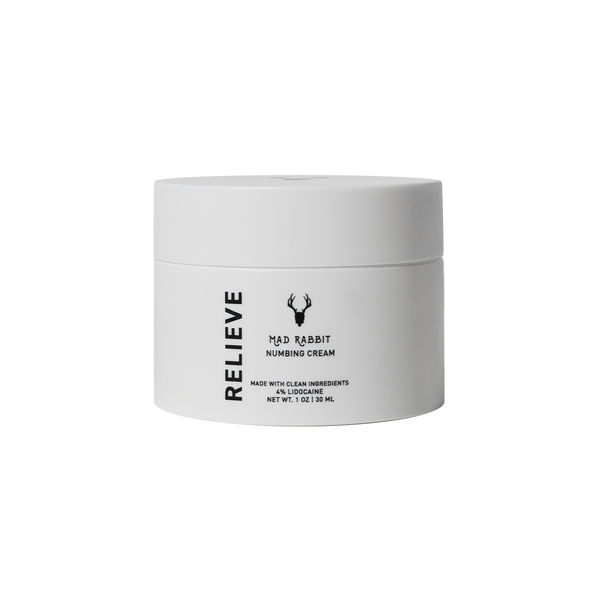
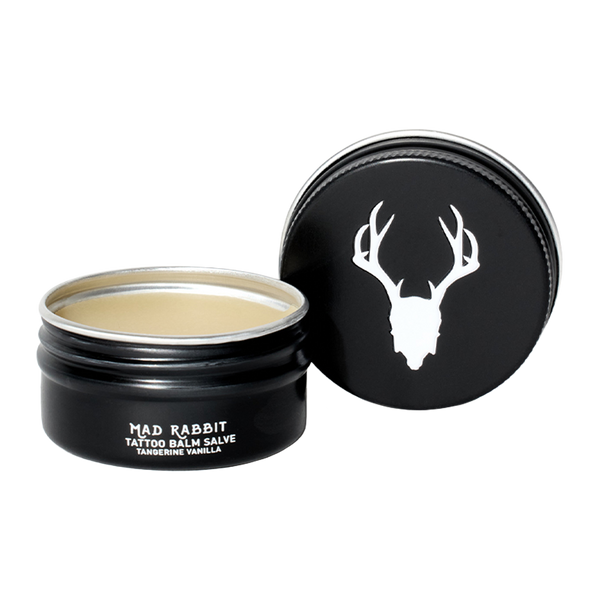
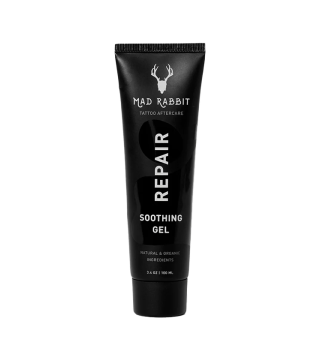
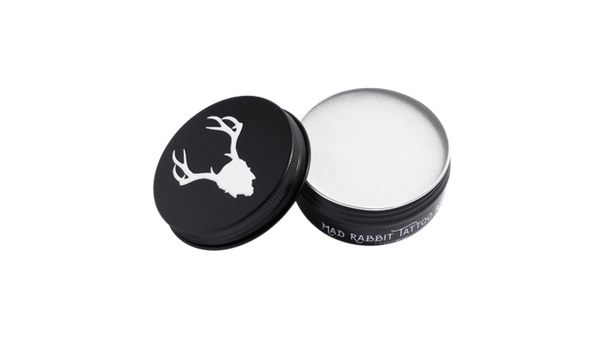

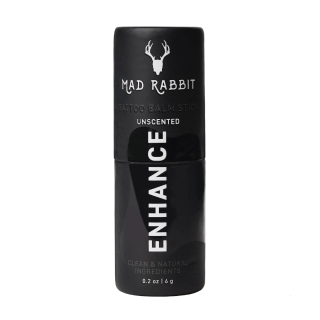



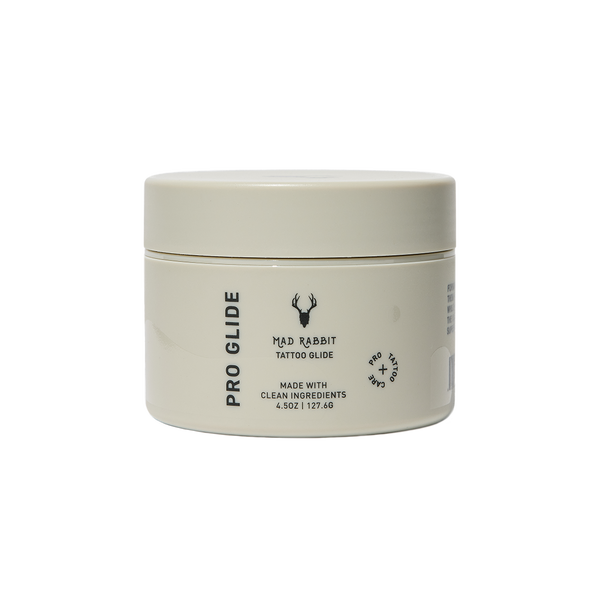

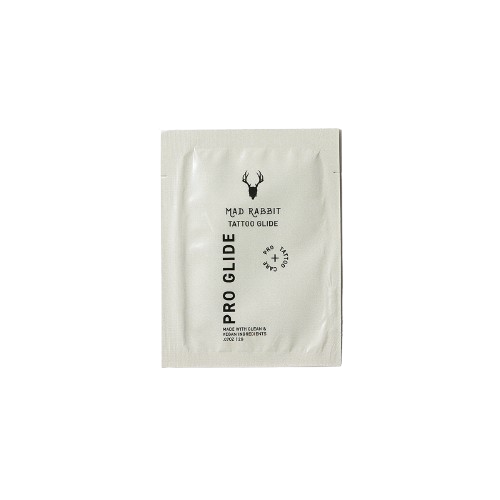

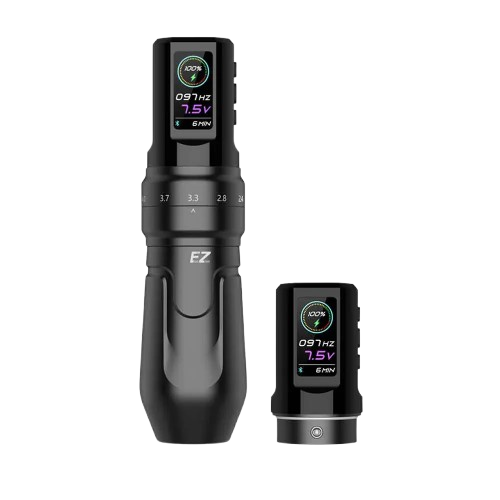

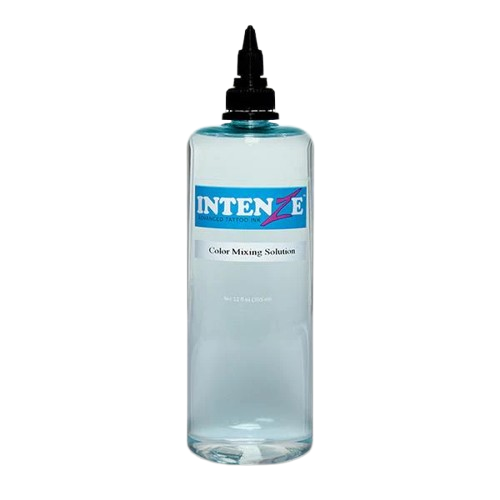
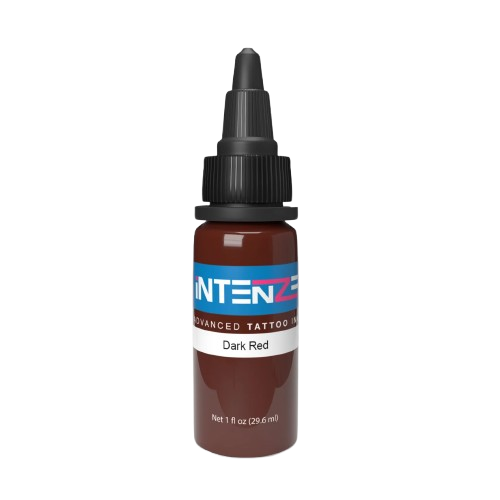

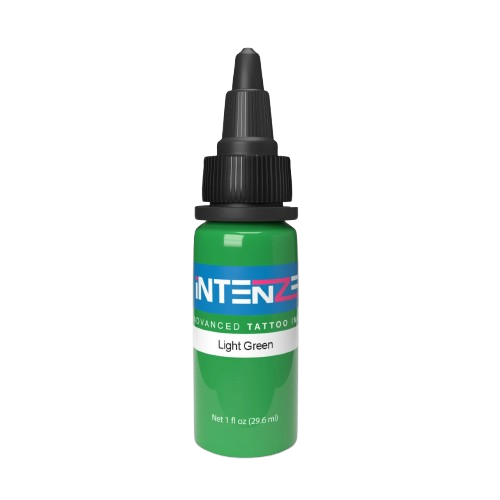
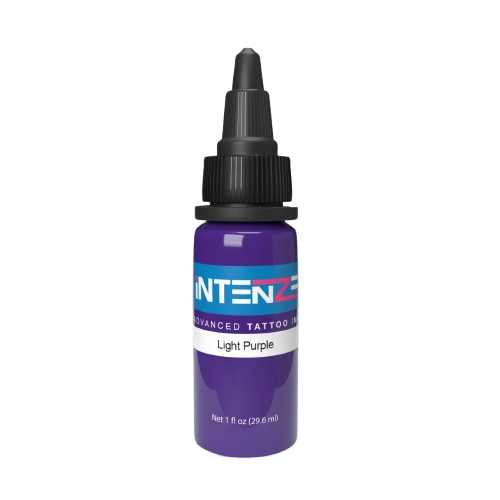
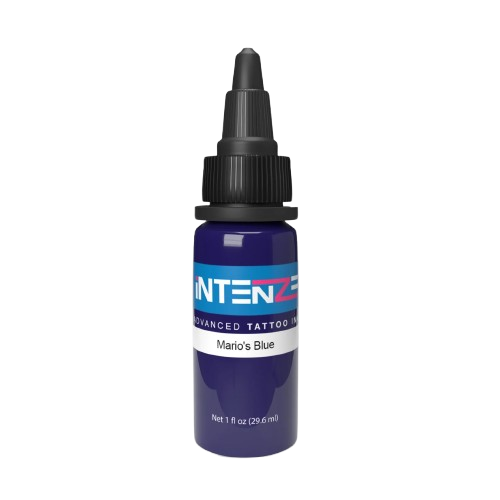
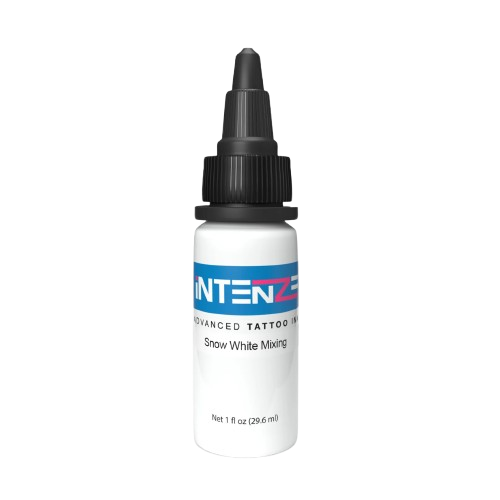
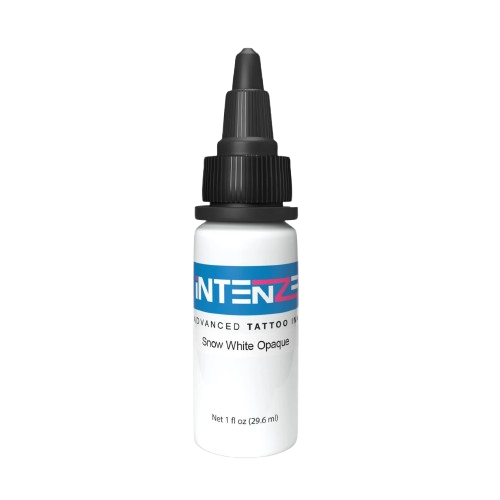
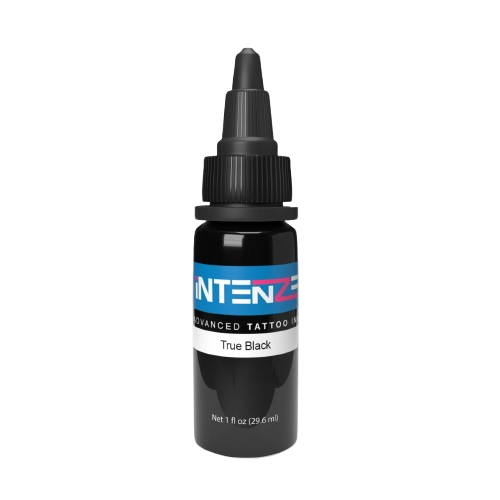
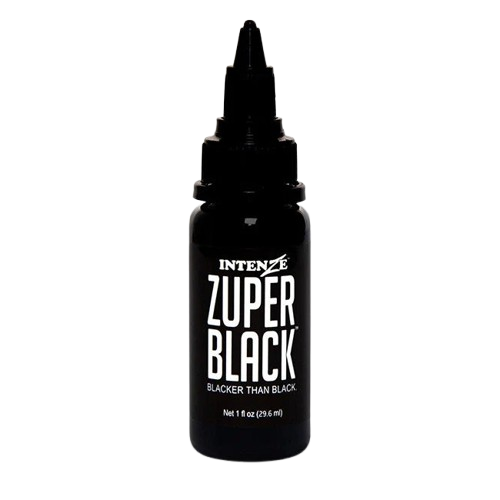
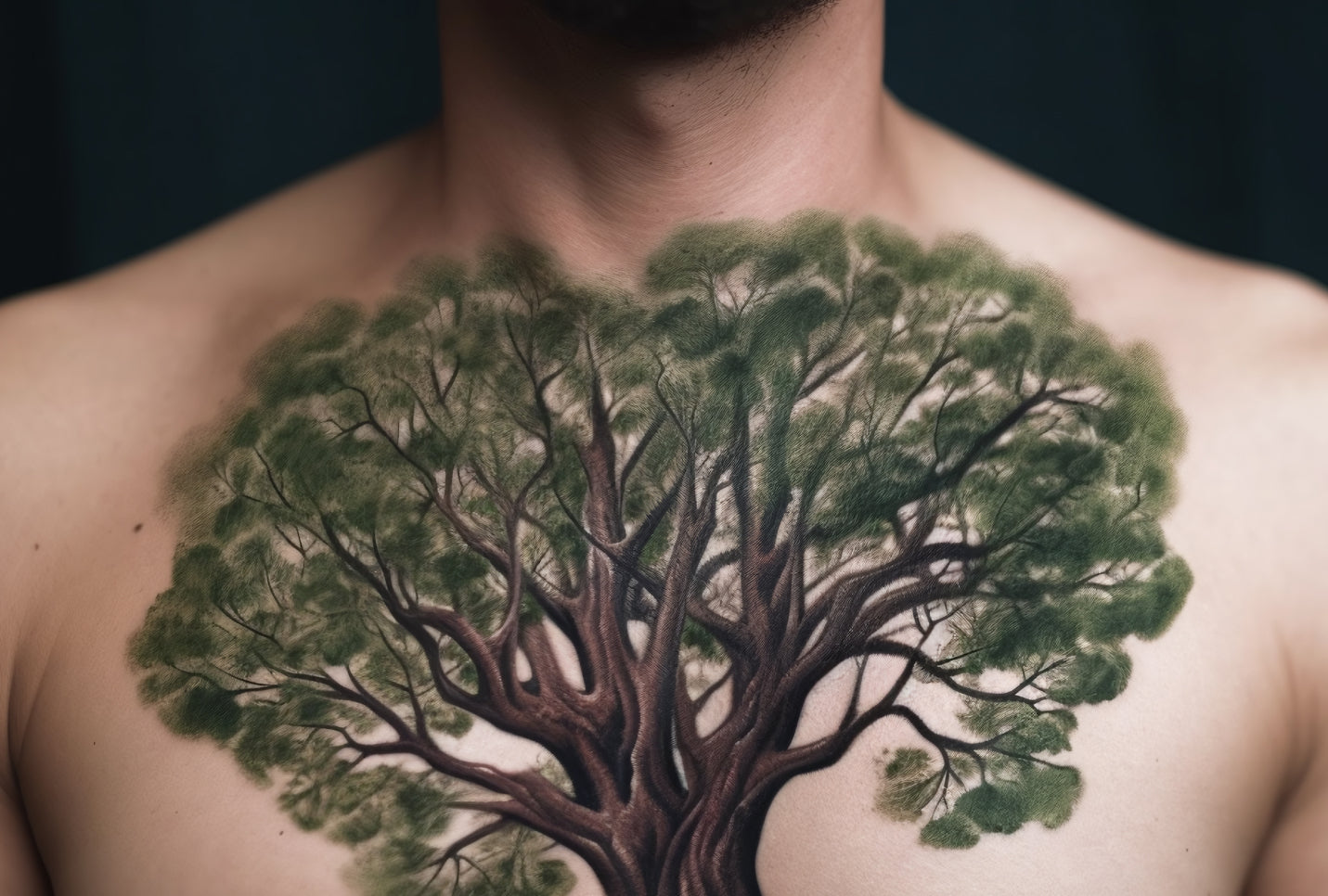

Join the discussion